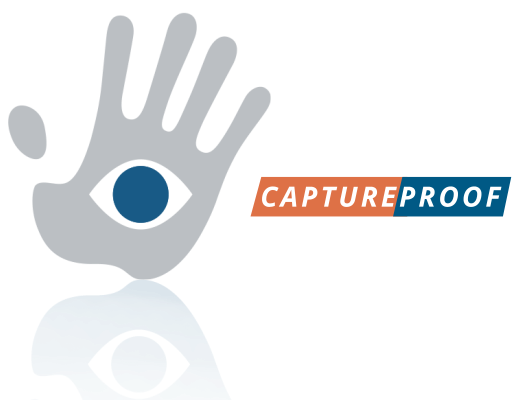The article below is a great read from the end of 2014, so we wanted to share it with you – our readers. In it, Chirag Patel of Highnote Foundry talks about why he believes 2015 will be the year telemedicine takes off, and what he believes needs to happen for this growth to occur.
Now almost 50 days into 2015 – we have seen a Florida Telemedicine Bill moving closer to being passed, China unveiling a plan for a National Telemedicine Network , and Mississippi being named on of the states leading the charge for US federal reimbursement for telehealth.
We’ve included the entirety of his article below because we think it makes a strong case for why 2015 will be telemedicine’s best year yet. You can also find it HERE:
The year of 2014 was a big year for telemedicine. The idea of using technology to provide remote health care has been around for years, but it really started to take off this year with the proliferation of wearable devices, and providers starting to embrace seeing patients through video chat.
In July, Dignity Health unveiled telemedicine robots to bring in specialist physicians from remote locations. Then, in October, Google unveiled a new ‘talk with a doctor now’ video chat service. Even pharmacies got into the act, with remote medical kiosks popping up in Walgreens, CVS, and Wal-mart.
There are several indicators that 2015 will be the year that telemedicine really takes off. Read any predictions related to healthcare, and telemedicine is central in those discussions. Here are just some of the indicators:
The Global Telemedicine market in 2016 is predicted to be $27 billion, with Virtual Health Services making up $16 billion of that amount (BBC Research and Towers Watson).
By 2018, 65 percent of interactions with healthcare organizations will be done via mobile devices, and by 2018 70 percent of them will have apps, offer wearables, do remote health monitoring, and even offer virtual care (IDC).
More than one-third of the money Google Ventures invested in 2014 went to healthcare and life-sciences companies.
Telemedicine will certainly deliver significant financial benefits and efficiencies for players in the healthcare space, including providers and insurance companies. For example, virtual health has the potential to reduce all doctor visits by 93 percent at a savings of $103 per visit ($1,067 per emergency room visit). Fifty percent of all doctor visits can be conducted virtually, and 70 percent of all electronic medical record (EMR) visits can be conducted virtually. The big winner in the rise of telemedicine, however, is the patient. With new technology and capabilities, the patient can receive faster, better quality care with superior outcomes.
This all sounds promising, but is telemedicine guaranteed to explode in 2015? Not exactly. The following needs to happen for this growth to occur:
Virtual diagnosis and on-the-spot treatment are combined. Many companies offer to connect patients to doctors via video calls. However, the best that most of these companies can do is conduct a virtual diagnosis; the patient still needs to see a doctor in person to get treatment. Mobile-friendly diagnostic devices such as Tyto enable doctors to complete a more thorough diagnosis and provide on-the-spot treatment. As these devices become more accessible (either directly purchased by individuals, provided as a part of a service such as WorldClinic, or incorporated into local health kiosks), patient treatment can begin immediately before the patient even gets off the phone, resulting in better outcomes for the patient and the healthcare. [Disclosure: WorldClinic is one of Highnote Foundry’s current incubator companies.]
The best in connected devices are used. The healthcare industry is starting to leverage the data patients already get from personal FitBits, Apple Health, and other consumer health tracking systems. By creating a normalized set of patient and care data and by integrating these connected devices, tele-health providers can both lower the cost of care and improve overall patient outcomes. For example, American Well’s direct-to-consumer app integrates health related data, such as heart rate, blood pressure, and blood glucose levels into its video visits app. Providers should not be reliant on any one technology or system but rather invest in a scalable model that integrates and assesses the data from any wearable or connected device to deliver personalized, remote care that is genuinely preventative.
Post-treatment care and compliance are provided. Most discussion of device-based monitoring centers around prevention but stops short of tracking patient responses to ensure that treatments are effective and modifying treatment as necessary. For example, First Opinion is one organization that provides an anonymous service of text-based responses within five minutes from doctors. First Opinion bills itself as being in the “relationship business,” and its doctors are supposed to stay in touch with patients past the initial contact until they are sure the issue is resolved. Prevention and compliance should be the real goals of telemedicine and are the way to truly drive significant reduction in costs. To do this, providers need to understand the patient’s past medical history and also capture all of the new data associated with telemedicine into an electronic record that follows the patient. Finally, integration with the patient’s existing set of healthcare providers, including specialists, pharmacies and even family caregivers will be essential. Together, this will mean opportunities for entirely new healthcare technology platforms.

